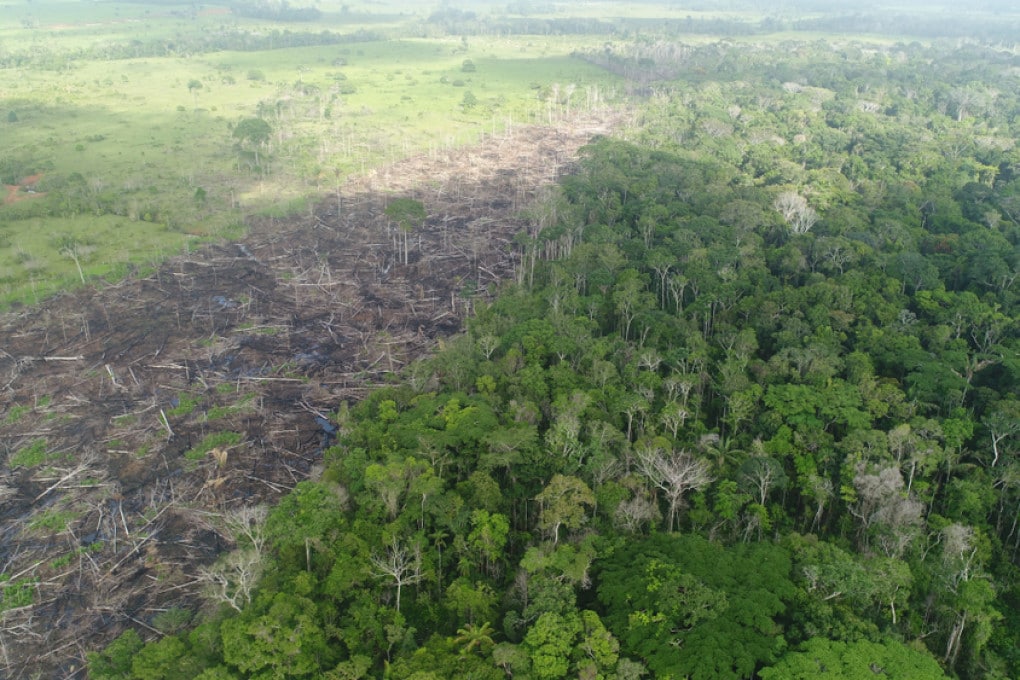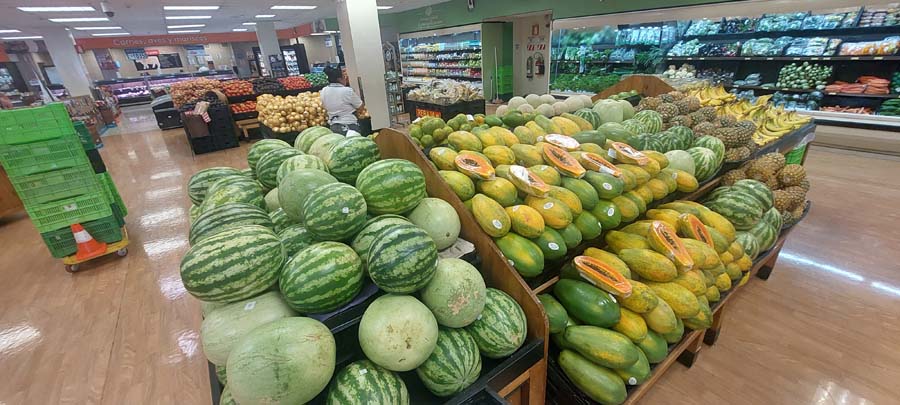Urban Trees and City Forests
Urban Trees and City Forests: Allies for…

The report “ The State of the World’s Forests 2024 ” , published by FAO, highlights the vital importance of forests and innovative technologies to promote a sustainable future. In a global context characterized by growing concerns about climate change and natural resource management, this report provides a detailed analysis of the progress made and the challenges that forests globally are facing.

In recent years, many countries have made significant progress in reducing deforestation. These successes have been achieved through a range of reforestation initiatives, stronger government policies, and the promotion of sustainable forest management practices. However, deforestation remains a global challenge, especially in regions such as the Amazon and Southeast Asia, where agricultural pressure and economic development persist in threatening these key ecosystems.

Climate change has increased the vulnerability of forests to abiotic stressors, including prolonged droughts and frequent fires, and to biotic stressors, such as invasive pests and emerging diseases. Rising global temperatures and shifts in precipitation patterns have profoundly altered forest ecosystems, compromising their ability to recover and adapt. To mitigate these negative impacts, it is essential to adopt forward-looking management practices, such as the development of ecological corridors that facilitate species migration and tree species diversification, thus improving the overall resilience of forests.

Global wood production has reached a volume of about 4 billion cubic meters per year, driven mainly by the growing demand in the construction, furniture and energy sectors. However, the timber industry faces the challenge of balancing this growing demand with the need for environmental sustainability, adopting forest management practices that are responsible and respectful of the ecosystem, such as:

Around 6 billion people worldwide use non-timber forest products, including fruits, nuts, resins and various natural medicines. These products play a vital role in the food security and economic livelihoods of many rural communities. Promoting sustainable harvesting practices and valorizing these products through the development of local and international markets can have a positive impact by improving the livelihoods of indigenous peoples and contributing to the conservation of forests.

Innovation is a key element in the conservation and sustainable use of forests. Currently, the use of drones and satellites allows for effective monitoring of forest health, early detection of fires and real-time tracking of deforestation processes. Advanced drone-assisted reforestation techniques, together with mycorrhization technologies, significantly contribute to improving tree growth and health. Blockchain also plays an important role, being used to trace the origin of wood, ensuring that it comes from responsibly and sustainably managed forests. In addition, artificial intelligence is being used to analyze large volumes of data and provide predictions on the impacts of climate change, contributing to more effective conservation strategies.

Forests play a key role in achieving several United Nations Sustainable Development Goals (SDGs). Forests are essential for biodiversity conservation, climate regulation and ecosystem maintenance. They also provide vital resources such as wood, food and medicine, and contribute to the well-being of local communities, supporting the fight against poverty. Forests also provide economic opportunities and promote the sustainable use of natural resources, playing a crucial role in climate change mitigation.
The FAO 2024 report highlights the crucial importance of forests in our fight to ensure a more sustainable future. Through the implementation of innovative technologies and sustainable practices, we have the opportunity to significantly improve the health of forests, while maximizing their essential contribution to the achievement of the Sustainable Development Goals. Forests are much more than just natural resources; they are the essential pillars of our planet, which must be carefully protected and enhanced in the best possible ways.